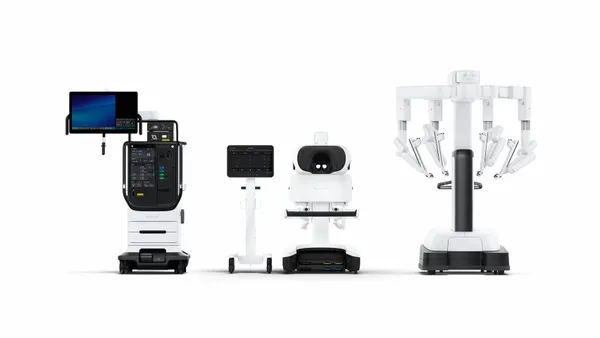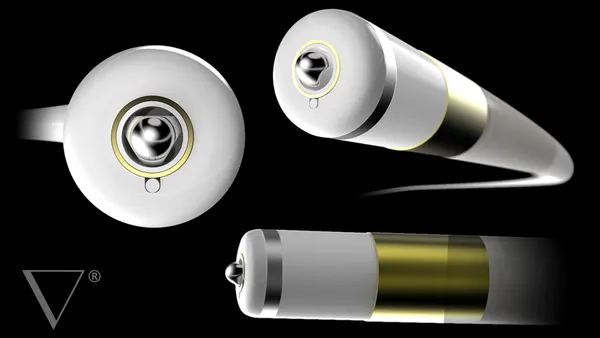Dive Brief:
- Wright Medical's fourth quarter sales, tucked into the to-be-acquired device maker's annual report filed with the Securities and Exchange Commission this week, grew 4.4% over the prior year to $248.6 million. That's around $10 million short of Wall Street's consensus, in part due to continued challenges with integration of Cartiva in its foot business.
- At 2019's outset, the Stryker target predicted $47 million in annual revenue from Cartiva, but the company ended the year with $25.7 million in net sales. Struggles to capitalize on Cartiva led Wright to invest more heavily in the lower extremities sales force, which partly offset an increase in operating income in the segment, the annual report said.
- Separately, Stryker said Wednesday it's extending its offer to buy out Wright Medical's shareholders by about two months. The company continues to expect the deal will close in the second half of this year.
Dive Insight:
Wright Medical's sales force challenges were a topic of discussion prior to Stryker's November announcement it would acquire the extremities and biologics company.
Wright CEO Robert Palmisano memorably likened competition in the foot business, where Wright sells Cartiva synthetic cartilage implants, to a "knife fight" most effectively won through strong sales force execution. The transition bringing sales of Cartiva in house after acquiring the company in 2018 has proved disruptive for Wright.
Addressing those selling challenges became a priority for the company, and in its annual report Wright Medical said it "made good progress" in bringing its U.S. foot and ankle sales force "back to full strength" in the latter half of 2019.
"We expect it will continue to take some time for the full benefits of these actions to be evident in our sales results," the company said in the report.
A research note Tuesday from analysts at Baird suggested some sales force attrition at Wright may be happening "sooner than expected" ahead of Stryker's acquisition, but that's par for the course. "[S]uch pressures are common in medtech mergers and shouldn't, in our view, risk derailing/ changing terms of the planned deal," they wrote.
The upper extremities business, arguably Stryker's primary product motivation in making a $5.4 billion deal to acquire Wright, grew 17.2% in the U.S. and 3.4% internationally over the course of 2019.
Especially notable is Stryker gaining Wright's Blueprint shoulder procedure planning platform. The Baird team said Stryker reportedly considered acquiring Blueprint before Wright bought it in late 2017. The technology may expedite Stryker's time to market with a shoulder indication for its Mako robot, the Baird analysts said.
Altogether, those gains outweigh "early disruptions that seem to be emerging in [Wright Medical's] numbers."
Needham analysts wrote in a note to investors Tuesday they believe another company, namely Smith & Nephew, could still submit a competing bid. Analysts at Baird see a "low probability" that a higher competing bid will emerge from Smith & Nephew or other potential acquirers such as Johnson & Johnson or Zimmer Biomet. Regulatory filings related to Stryker's takeout indicate at least five other companies expressed interest in making a deal with Wright.
The Stryker-Wright Medical tie up has already faced a few challenges. The Federal Trade Commission on Dec. 31 requested more information from the companies as it examines potential anti-competitive issues. Analysts have said since the deal was first announced that regulators may require Stryker to divest its total ankle replacement system.
In announcing the deal in November to acquire Wright Medical, Stryker offered $30.75 per share, originally set to expire Feb. 27. The offer is now set to close April 30. By end of day Tuesday, approximately 13.6% of Wright's outstanding shares had been tendered, Stryker reported.
On its Jan. 29 earnings call, Stryker reiterated that the Wright deal should be neutral to 2020 earnings per share and approximately 10 cents dilutive in 2021.













